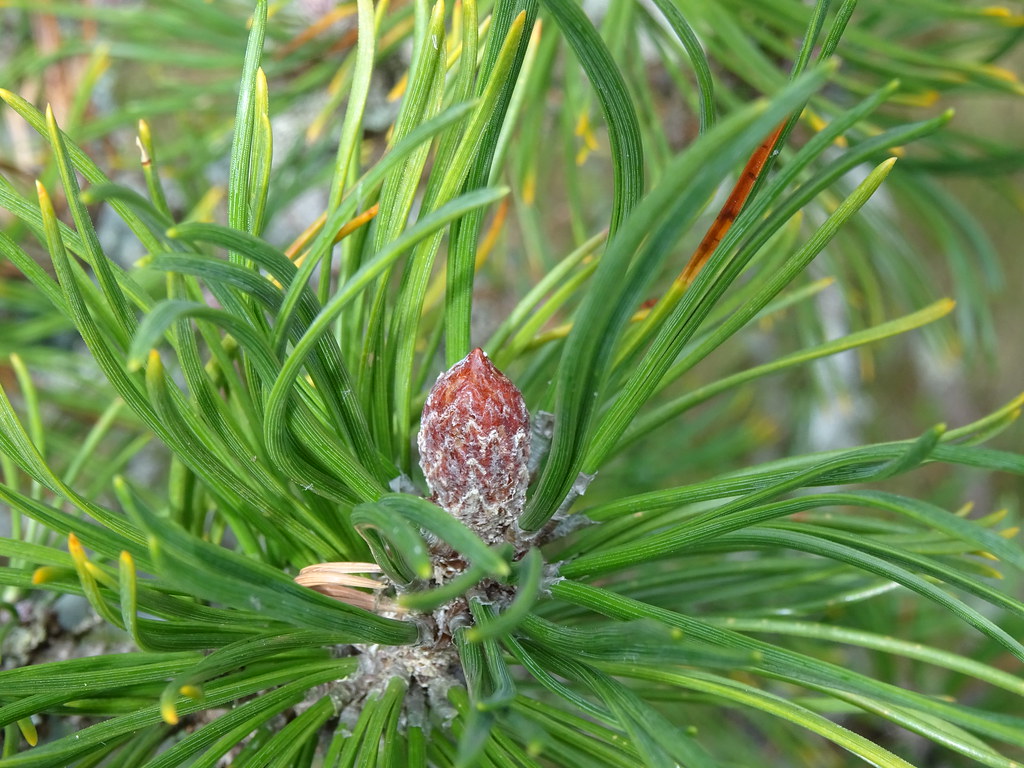How to Grow and Care for Mugo Pines: A Comprehensive Guide

Mugo pines are a fantastic addition to any garden, offering texture and year-round interest with their distinct long needles. Whether you’re a seasoned gardener or just starting out, these evergreen stalwarts are a great option for adding color and structure to your landscape.
Let’s dive into the world of mugo pines and explore everything you need to know to grow and care for these versatile plants.
Cultivation and History
Mugo pines, also known as creeping pine, mountain pine, or bog pine, are native to mountainous regions of Europe. They can be found in the Alps, the Pyrenees, the Carpathians, and other mountainous areas. Originally used for erosion control, mugo pines have since become popular garden choices due to their evergreen beauty.
These plants typically reach heights of 20 feet in the wild, but cultivated varieties can vary in size and shape. With their distinctive needles and cone clusters, mugo pines offer a unique aesthetic to any garden setting.
Propagation
While mugo pines can be grown from seed, propagation from cuttings or purchased plants is a more reliable method. Softwood cuttings taken during the winter can be used to propagate new trees, though the process can be slow. Fall or spring is the best time to transplant purchased trees, ensuring they are well-established in their new environment.
How to Grow Mugo Pines
Mugo pines thrive in USDA Hardiness Zones 2 to 7, making them resilient to cold temperatures. They prefer moist, well-draining soil and do best in full sun with a minimum of eight hours per day. While they can tolerate as little as four hours of sunlight, full sun exposure enhances their color variations.
When planting mugo pines, ensure the soil is consistently moist but not wet. You can amend soil with compost for improved drainage or grow dwarf varieties in containers. Remember to fertilize with compost in the spring and provide regular watering to support healthy growth.
Growing Tips
- Plant in full sun or partial shade.
- Fertilize with compost in the spring.
- Grow in well-draining soil.
Pruning and Maintenance
Mugo pines can be kept compact with candle pruning, removing new growth at the branch tips. Pruning dead or diseased branches should be done carefully to maintain plant health. Regular maintenance, such as watering and fertilizing, is essential for optimal growth and appearance.
Mugo Pine Cultivars to Select

When choosing mugo pine cultivars, opt for named varieties to ensure predictable size and shape. Popular cultivars like ‘Aurea,’ ‘Carstens,’ and ‘Sunshine’ offer color variations and compact growth habits suitable for different garden settings. Selecting the right cultivar can prevent unexpected size issues and ensure a cohesive garden design.
Managing Pests and Disease
Mugo pines are generally low-maintenance and resistant to pests and diseases. However, pine needle scale and pine sawfly are common pests to watch for. Treat infestations with insecticidal soap or neem oil and inspect plants regularly to prevent damage.
Dothistroma needle blight is a fungal disease that can affect mugo pines, causing dark spots and needle discoloration. Remove infected needles and apply copper fungicide to prevent the spread of the disease. Regular monitoring and treatment can help maintain plant health and vitality.
Best Uses for Mugo Pines
Mugo pines are versatile plants suitable for various garden applications, including bonsai, containers, hedges, and specimen trees. Dwarf cultivars are ideal for rock gardens or Japanese-inspired landscapes, while taller varieties can create focal points in larger gardens. Mugo pines also produce edible pine buds for culinary uses, adding a unique flavor to dishes.
Quick Reference Growing Guide
| Plant Type | Evergreen tree or woody shrub |
|---|---|
| Native to | Europe |
| Hardiness (USDA Zones) | 2-7 |
| Bloom Time/Season | Evergreen |
| Exposure | Full to partial sun |
| Height | Up to 20 feet |
| Spread | Up to 30 feet |
| Water Needs | Moderate |
Make Room for a Mugo
In conclusion, mugo pines offer a wealth of possibilities for gardeners seeking a resilient, attractive plant for their landscape. Following the tips outlined in this guide, you can successfully grow and care for mugo pines in your garden. Whether you choose a dwarf cultivar for a container garden or a tall variety for a hedge, mugo pines are sure to add beauty and interest to your outdoor space.
Are you ready to plant a mugo pine in your garden? Share your thoughts on which cultivar you plan to grow and how you intend to incorporate it into your landscape. Happy gardening!





